A new study has unlocked a “backdoor” into the inner ear that could make administering gene therapies to restore hearing less risky.
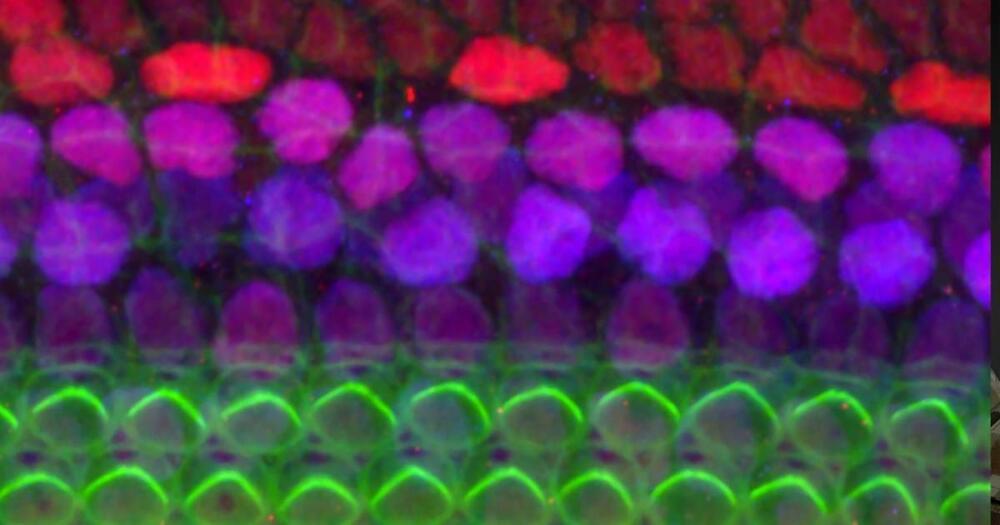



In particular, many have griped over their original work being used to train these AI models — a use they never opted into, and for which they’re not compensated.
But what if artists could “poison” their work with a tool that alters it so subtly that the human eye can’t tell, while wreaking havoc on AI systems that try to digest it?
That’s the idea behind a new tool called “Nightshade,” which its creators say does exactly that. As laid out in a yet-to-be-peer-reviewed paper spotted by MIT Technology Review, a team of researchers led by University of Chicago professor Ben Zhao built the system to generate prompt-specific “poison samples” that scramble the digital brains of image generators like Stable Diffusion, screwing up their outputs.
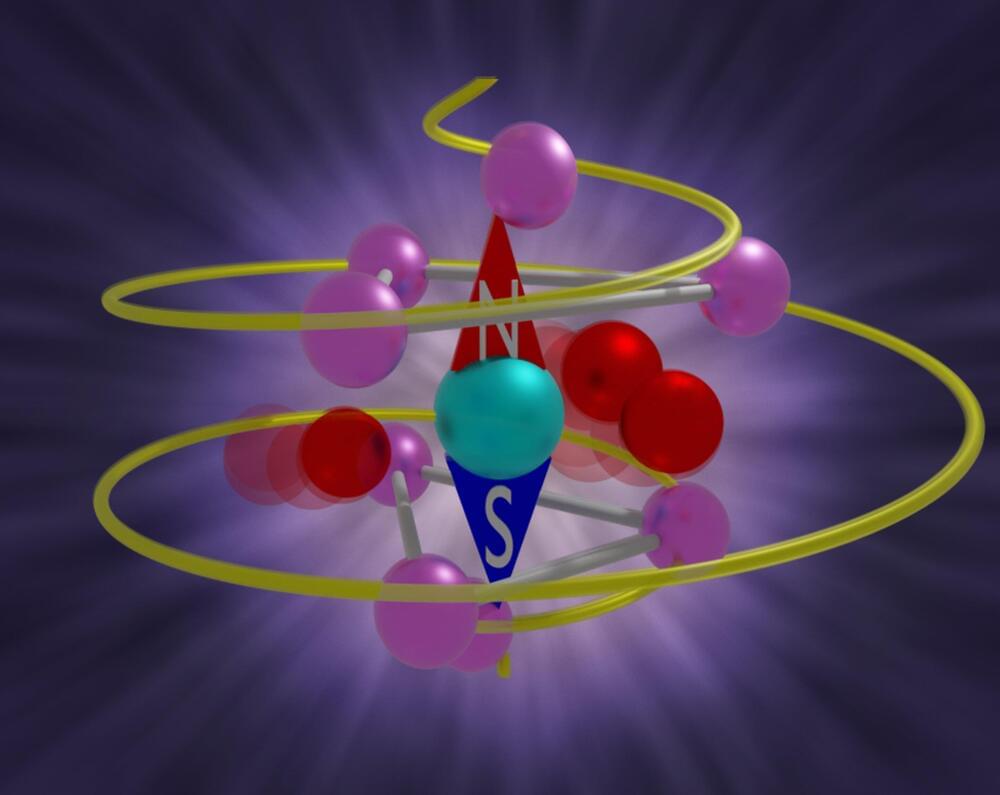
Quantum materials hold the key to a future of lightning-speed, energy-efficient information systems. The problem with tapping their transformative potential is that in solids, the vast number of atoms often drowns out the exotic quantum properties electrons carry.
Rice University researchers in the lab of quantum materials scientist Hanyu Zhu found that when they move in circles, atoms can also work wonders: When the atomic lattice in a rare-earth crystal becomes animated with a corkscrew-shaped vibration known as a chiral phonon, the crystal is transformed into a magnet.
According to a new study published in Science, exposing cerium fluoride to ultrafast pulses of light sends its atoms into a dance that momentarily enlists the spins of electrons, causing them to align with the atomic rotation. This alignment would otherwise require a powerful magnetic field to activate, since cerium fluoride is naturally paramagnetic with randomly oriented spins even at zero temperature.



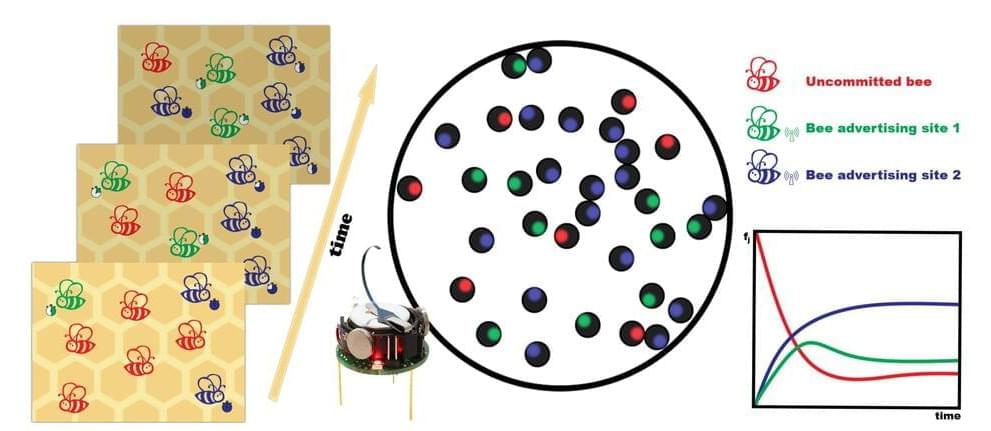
Researchers at the University of Barcelona have made a sweet discovery: Honeybees make great subjects when studying the dynamic of group behavior and decision-making.
In a recently released study, Professor M. Carmen Miguel, who has previously studied leadership activity among schooling fish and social interactions among flocks of birds, said a group of mini robots were trained to reach a consensus on tasks by mimicking processes displayed by bees.
The intricate behavior of bees has long been a subject of great interest among researchers. There are more than 4,000 species of the insect, and they have been around for more than 100 million years.
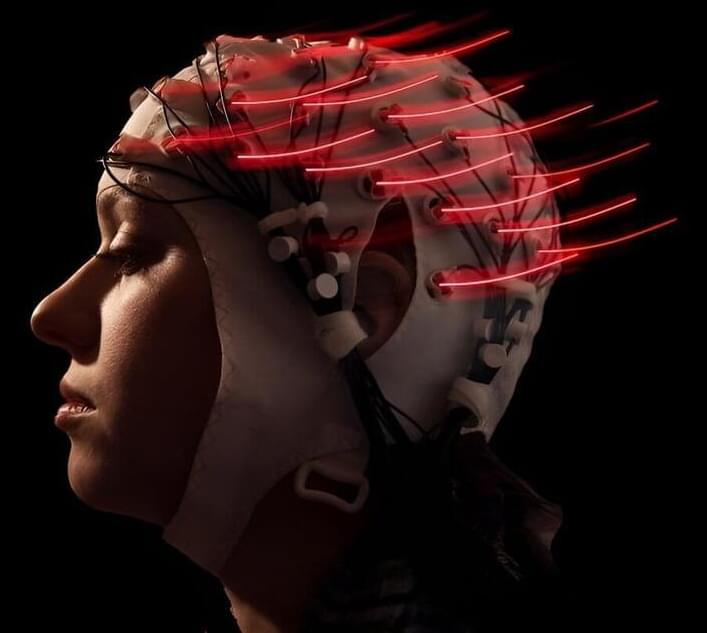
The human mind does not like to make mistakes—and makes time to avoid repeating them. A new study from University of Iowa researchers shows how the human brain, in just one second, can distinguish between an outcome caused by human error and one in which the person is not directly to blame.
Moreover, the researchers found that in cases of human error, the brain takes additional time to catalog the error and inform the rest of the body about it to avoid repeating the mistake.
“The novel aspect about this study is the brain can very quickly distinguish whether an undesirable outcome is due to a (human) error, or due to something else,” says Jan Wessel, professor in the Department of Psychological and Brain Sciences at Iowa and the study’s corresponding author. “If the brain realizes an error was the cause, it will then start additional processes to avoid further errors, which it won’t do if the outcome wasn’t due to its own action.”
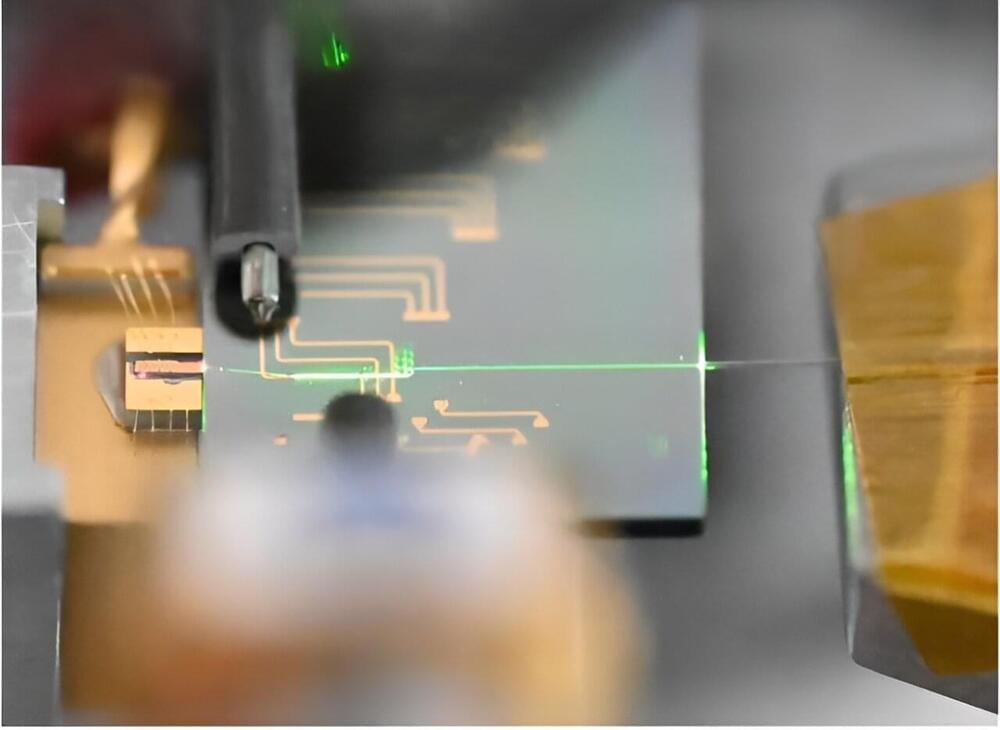
Lasers are essential tools for observing, detecting, and measuring things in the natural world that we can’t see with the naked eye. But the ability to perform these tasks is often restricted by the need to use expensive and large instruments.
In a newly published cover-story paper in the journal Science, researcher Qiushi Guo demonstrates a novel approach for creating high-performance ultrafast lasers on nanophotonic chips. His work centers on miniaturizing mode-lock lasers—a unique laser that emits a train of ultrashort, coherent light pulses in femtosecond intervals, which is an astonishing quadrillionth of a second.
Ultrafast mode-locked lasers are indispensable to unlocking the secrets of the fastest timescales in nature, such as the making or breaking of molecular bonds during chemical reactions, or light propagation in a turbulent medium. The high-speed, pulse-peak intensity and broad-spectrum coverage of mode-locked lasers have also enabled numerous photonics technologies, including optical atomic clocks, biological imaging, and computers that use light to calculate and process data.